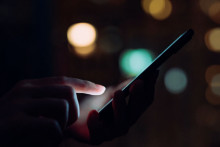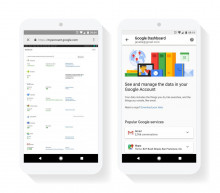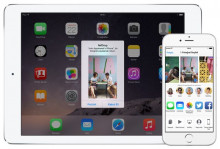Apple Mail Now Blocks Email Tracking. Here’s What It Means for You
Nothing makes you more paranoid about privacy than working in a marketing department. Trust me on this. For example, did you know that marketers track every time you open an email newsletter—and where you were when you did it?
Apple caused a small panic among marketers in September 2021 by effectively making this tracking impossible in the default Mail app on iPhone, iPad, and Mac. I, personally, switched to Apple Mail as soon as the feature was announced. You might feel the same way, but marketers feel as though they've lost a useful tool.












































































